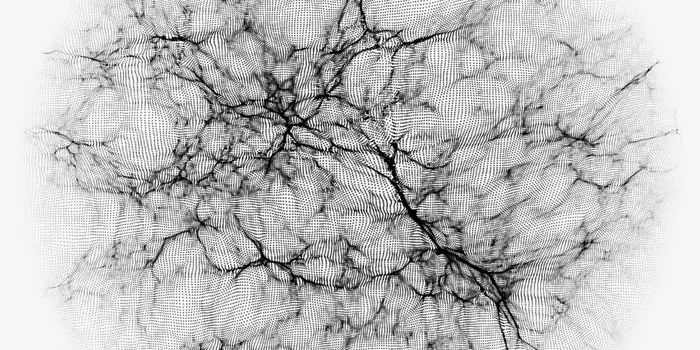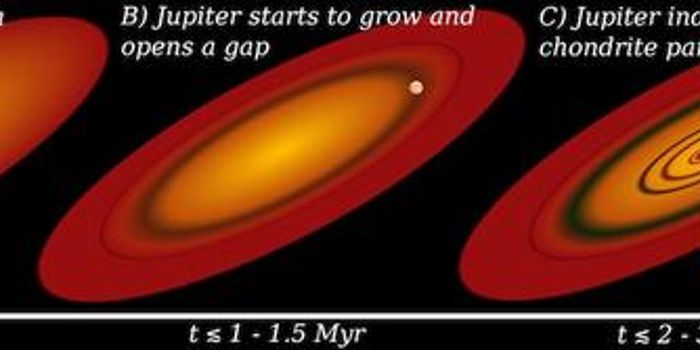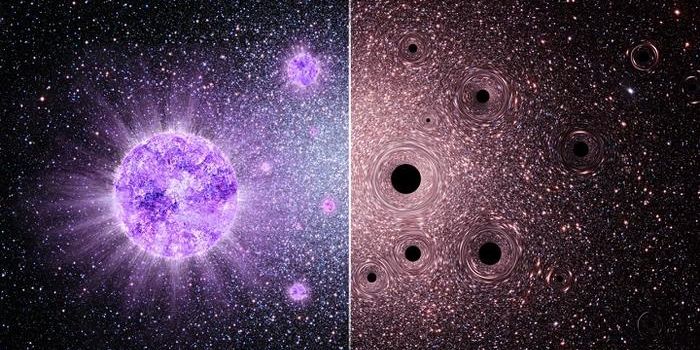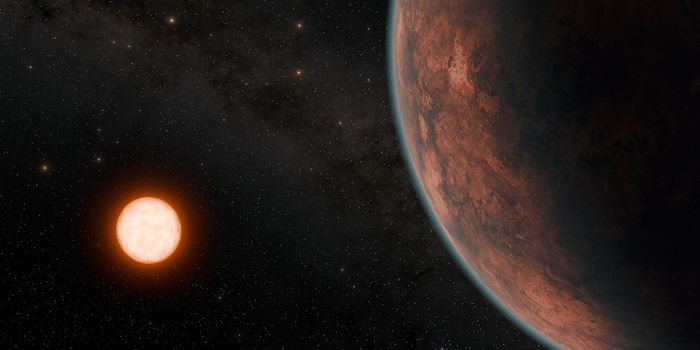New Coronagraph Design Reveals Hidden Exoplanets
How can astronomers develop better methods for blocking the intense starlight of an exoplanetary system and reveal the exoplanets hiding underneath the glare? This is what a recent study published in Optica hopes to address as a team of researchers developed a new type of coronagraph, which is designed to block starlight and reveal exoplanets, that could help identify Earth-like exoplanets. This study has the potential to help scientists design and develop more sophisticated tools and methods for discovering and studying exoplanets and searching for life beyond Earth.
Astronomers estimate that identifying an Earth-like exoplanet requires a contrast ratio of 10-10, meaning the Earth-like exoplanet could be 10 billion times fainter than its host star. While current coronagraphs like NASA’s James Webb Space Telescope can achieve 10-5 to 10-4 contrast ratios, this is far from sufficient to identify Earth-like exoplanets.
For the study, the researchers developed and tested a new type of coronagraph designed to detect exoplanets on the quantum level, also called sub-diffraction. After conducting a series of modeling and laboratory experiments, they determined their new coronagraph could identify exoplanets at the 10-4 level.
“Our coronagraph directly captures an image of the exoplanet, as opposed to measuring only the quantity of light from the exoplanet without any spatial orientation,” said Nicolas Deshler, who is a PhD student in the Wyant College of Optical Sciences at the University of Arizona and lead author of the study. “Images can provide context and composition information that can be used to determine exoplanet orbits and identify other objects that scatter light from a star such as exozodiacal dust clouds.”
This study comes as NASA is preparing to launch its Nancy Grace Roman Space Telescope in May 2027 with the goal of using its Coronagraphic Instrument (CGI) to identify and study exoplanets that would otherwise be hidden by its host star’s light.
How will this new coronagraph help astronomers discover new exoplanets in the coming years and decades? Only time will tell, and this is why we science!
As always, keep doing science & keep looking up!
Sources: Optica, ScienceDaily, Optica (2)
Featured Image: Example of a direct image of the gas giant, Epsilon Indi Ab, taken with NASA's James Webb Space Telescope coronagraph. (Credit: NASA)








